With spring already here and summer quickly approaching, you may have big plans for your garden in the coming months. However, you may not know how to make your dream garden a reality. If that’s the case, then a garden planning app may be the solution. There are a multitude of apps available covering topics ranging from what to plant to how to lay out a garden.
The best part? Many have low upfront costs while most are outright free. You may encounter a few that require a subscription fee, but we promise that the convenience and help they provide is worth the cost. With just a swipe on a touchscreen, you can have a garden planning app guide to help you when summer hits.
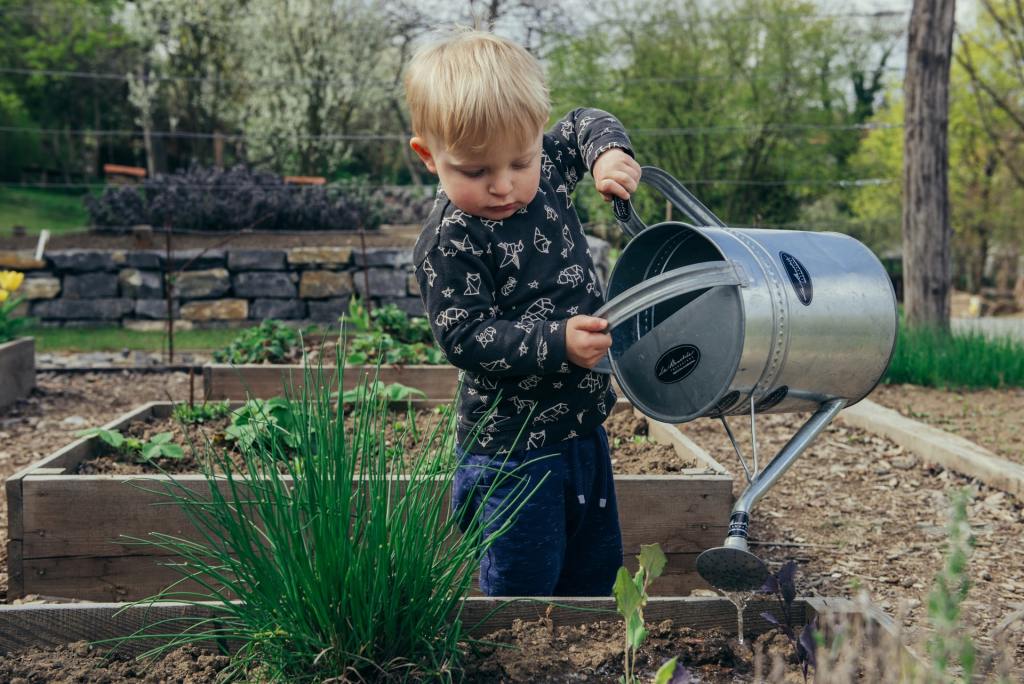
Armitage’s Great Garden Plants
Platforms: Google Play and App Store
Cost: $4.99
If you want advice from one of the best authorities on gardening, then you have to get this app. For $5, you’ll have knowledge right at your fingertips from Allan Armitage, a professor of horticulture at the University of Georgia. The app provides the exact landscape and ornamental plants you should choose for every garden setting. You can also learn how to control pests, what to do if hungry animals wander into your garden, and how to grow native plants.
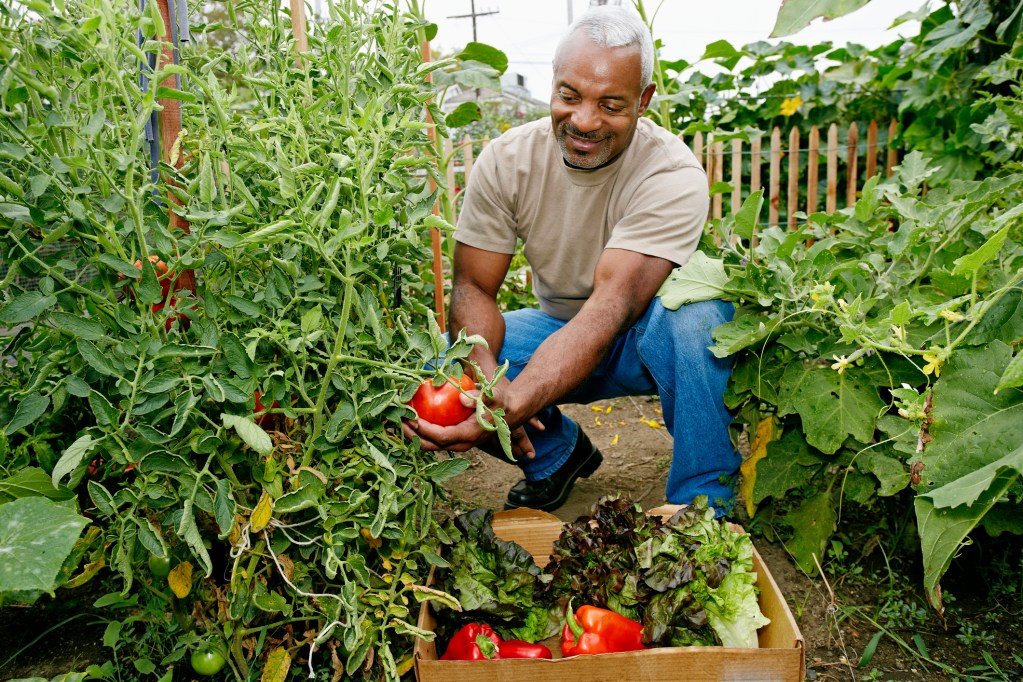
Kitchen Garden Planner at Gardener’s Supply
Platforms: Online Tool
Cost: Free
For a free online tool, this garden planner is one of the best options out there. It can help you create a new vegetable garden or update an old bed. You can save, share, email, and print out your design for future use. The planner will also let you know what plants to buy for your garden and provide planting tips for how to properly grow them. This is an incredible tool for anyone who wants to start growing their own vegetables.
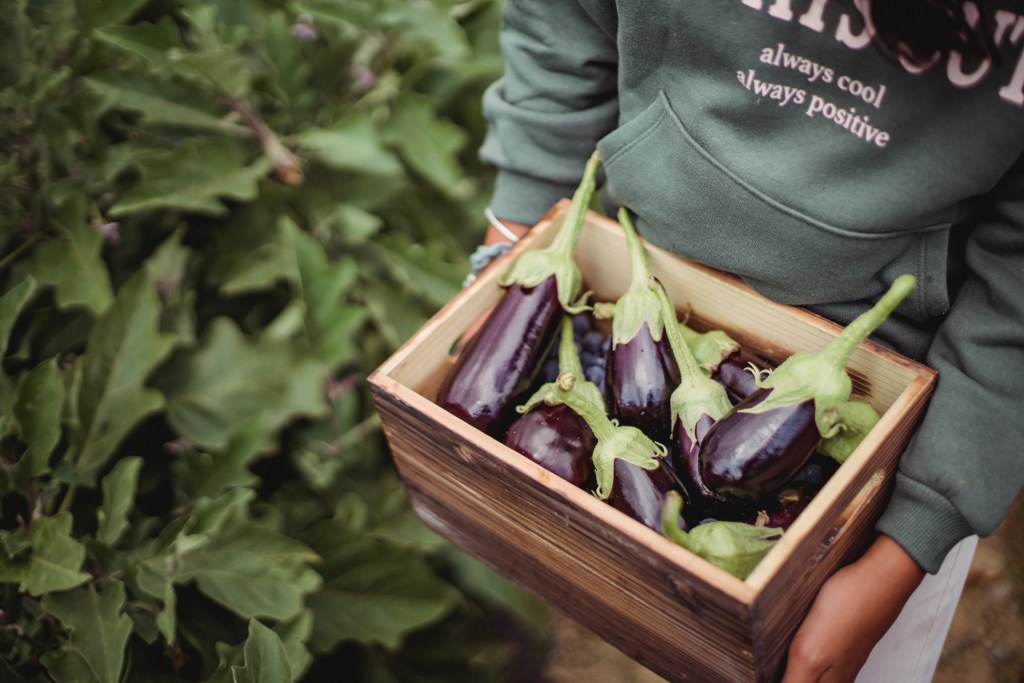
Garden Manager
Platforms: Online Tool
Cost: Subscription plan (Free, $6 per month, or $7.50 per month)
If you’re the type of person who could kill a cactus — but don’t want to give up growing your own vegetables and plants — then this subscription service is worth the cost. This is a virtual gardening coach that guides you through a list of questions so you know how, what, when, and where to plant. There are three levels of the subscription service, unlocking more features the higher you go. The free plan lets you create a basic gardening plan while the highest tier has cool features such as sending you reminders about the weather so you know when to cover your plants or expose them to the sun.
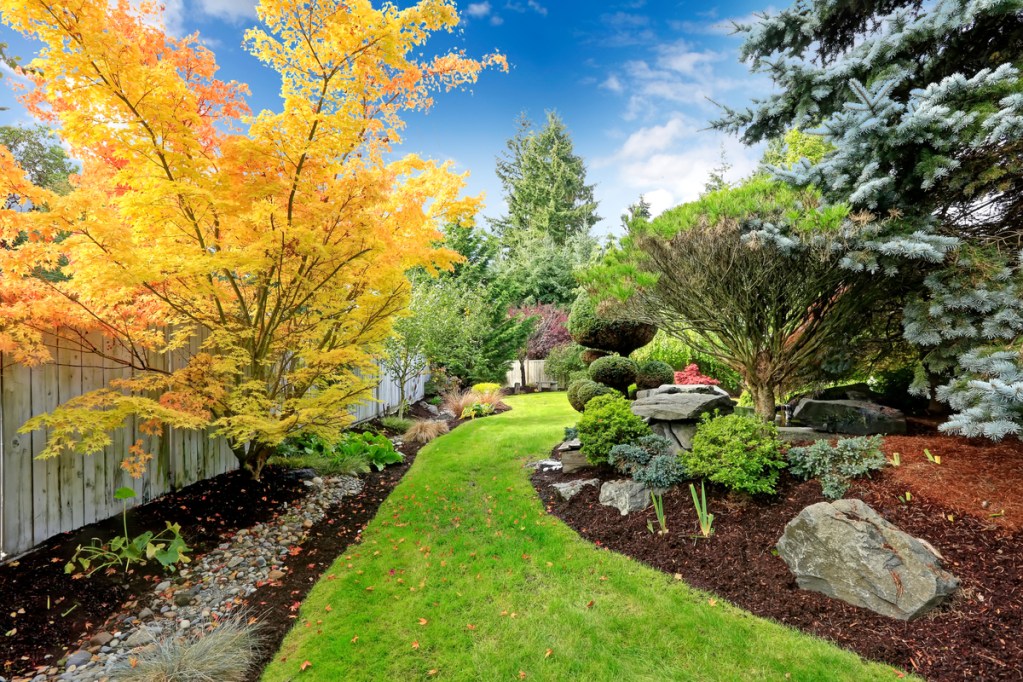
Garden Planner
Platforms: Windows and Mac
Cost: $38 with free trial
Sometimes you need to get down on paper (well, screen) your ideas and goals. This program, available for both Windows and Mac, lets you design your garden and the surrounding landscape by choosing where to locate different items — trees, fences, decking, paths, and anything else — with an interface that allows you to easily drag, drop, and remove whatever you want. There is also a feature that lets you plan out a vegetable garden so you know exactly how much space you need. The best part? It comes with a free trial so you can decide if the program is worth the $38 fee.
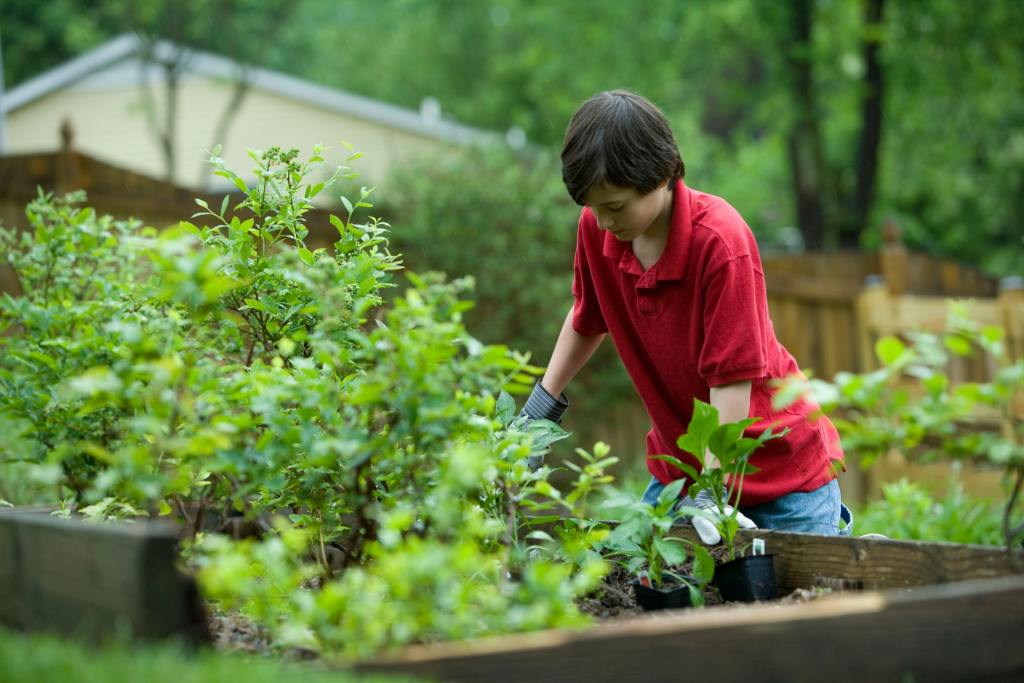
Garden Planner at Territorial Seed
Platforms: Mac/iOS
Cost: Subscription plan ($40 for 1 year or $70 for 2 years)
One of the more powerful online garden planners out there, this website tool and mobile app let’s you draw plans for a vegetable garden of any size, get emails or notifications reminding you about your plants needs, and allows you to interact with other gardeners using the service. The tool also contains a disease and pest database so you can quickly identify and eliminate any annoying critters. Lastly, it will also check the forecast in your area and give you tips and reminders about how to protect your plants from the day’s weather.
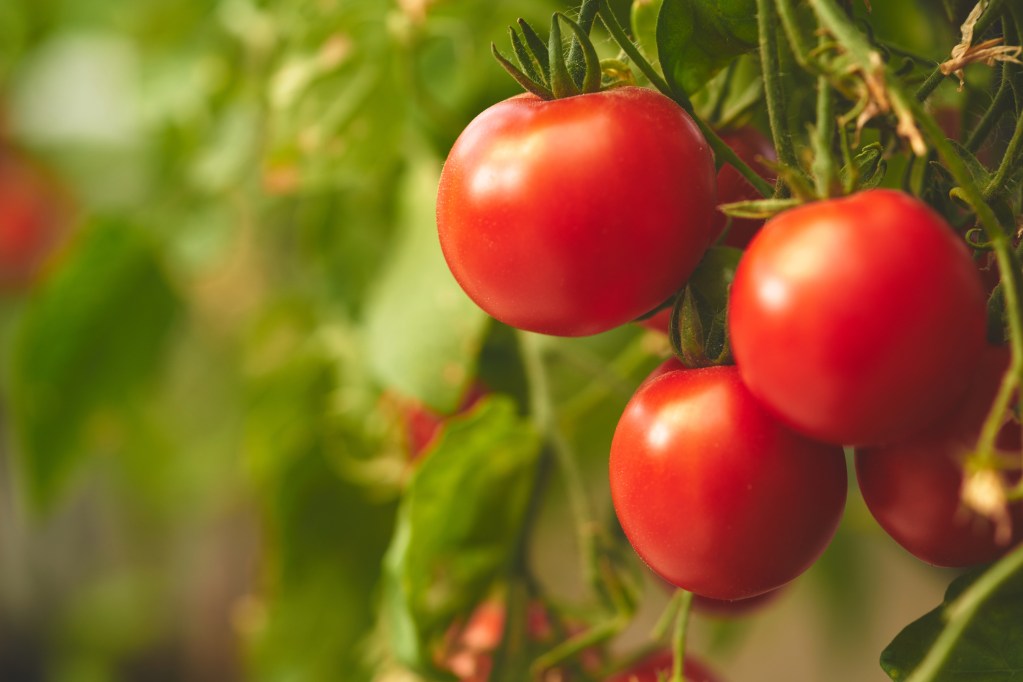
Smart Gardener
Platforms: Online Tool, Google Play, and Apple App Store
Cost: Subscription plan ($10 for 90-day access or $30 for 1 year)
If you have a tough time deciding what to plant in your vegetable garden then, for a small fee, this online planner and app will become your best friend. You can take your garden from the dreams inside your head to harvest day. The planner will track the daily garden tasks and send you reminders about when to do them so you never forget again. The app also lets you record your own notes and photos so you can accurately keep track of your progress.
Gardena My Garden Planner
Platforms: Online Tool
Cost: Free
One of the more basic planners on this list, this web-based tool from a garden company located in the U.K. lets you draw and plan out your landscaping and garden by using a drag-and-drop interface to place items like grass, paving, furniture, fountains, and many other things. It also shows you the rough size of your mature plants so you can plan for the future. While this planner does not have many in-depth features, you can’t beat free.
You could try to create your dream garden by yourself, but why work harder then you have to? There are many resources out there beyond the seven apps and guides we listed here. Test them all out and see which one you like the best for your space and your goals. No matter which approach you choose, you will accomplish your dream garden with a little time and effort.
Editors' Recommendations
- 6 tips you should keep in mind when building your own drought-tolerant garden
- Indoor gardening: Hydroponics growing tips for any plant
- Are mulched leaves good for grass? Here’s how to mulch a lawn full of leaves this fall
- The best and brightest zone 7 perennials to grow in your garden
- Gardening 101: Making sure your seedlings grow into healthy plants




